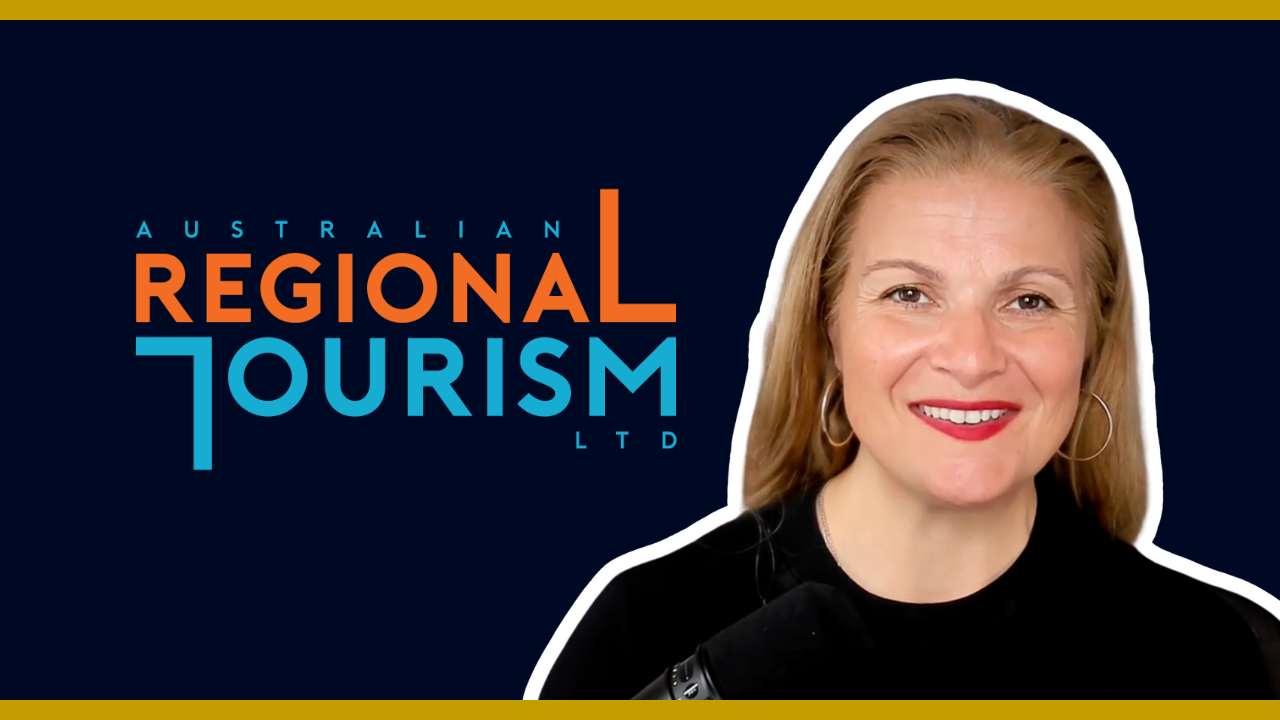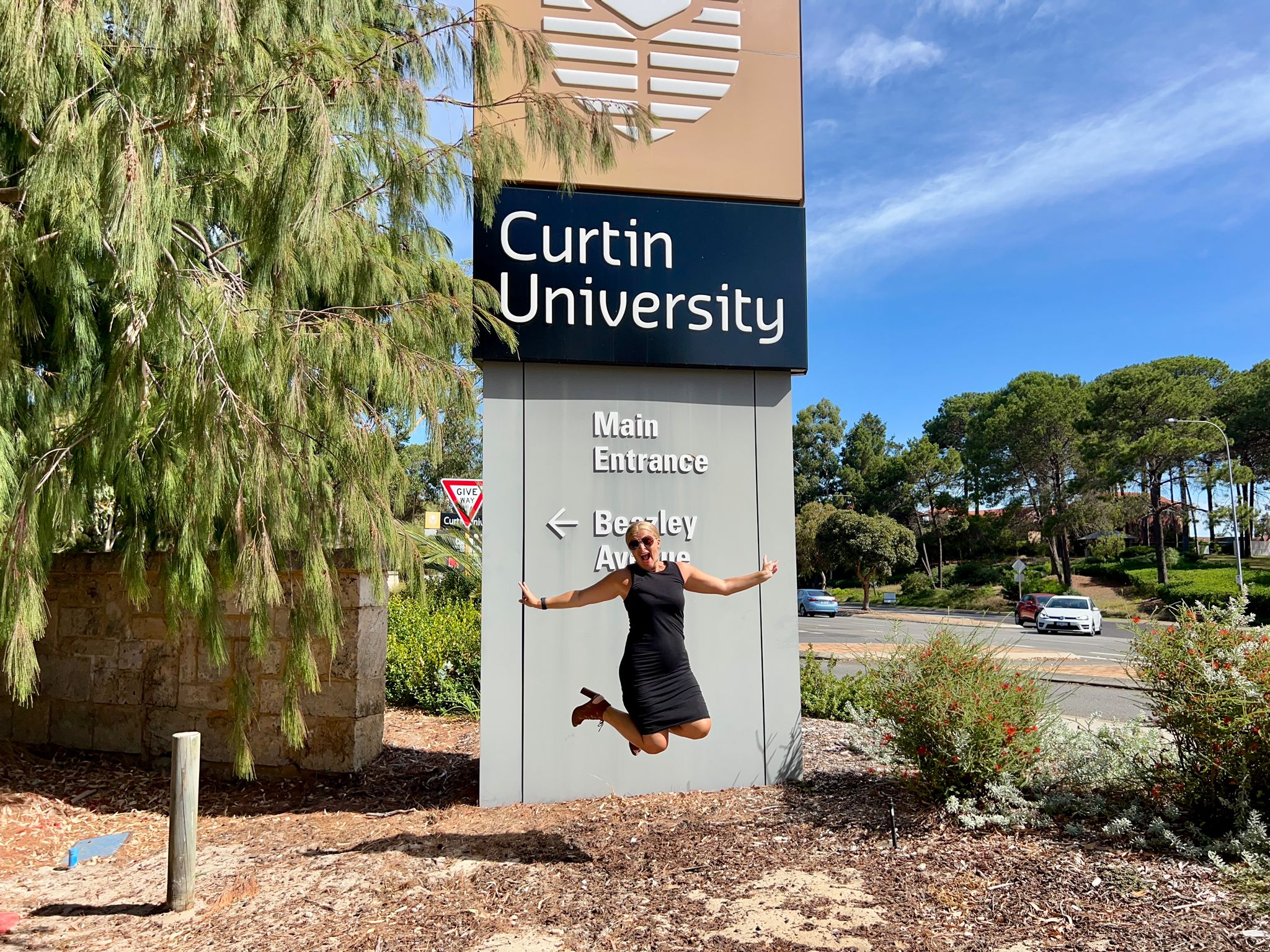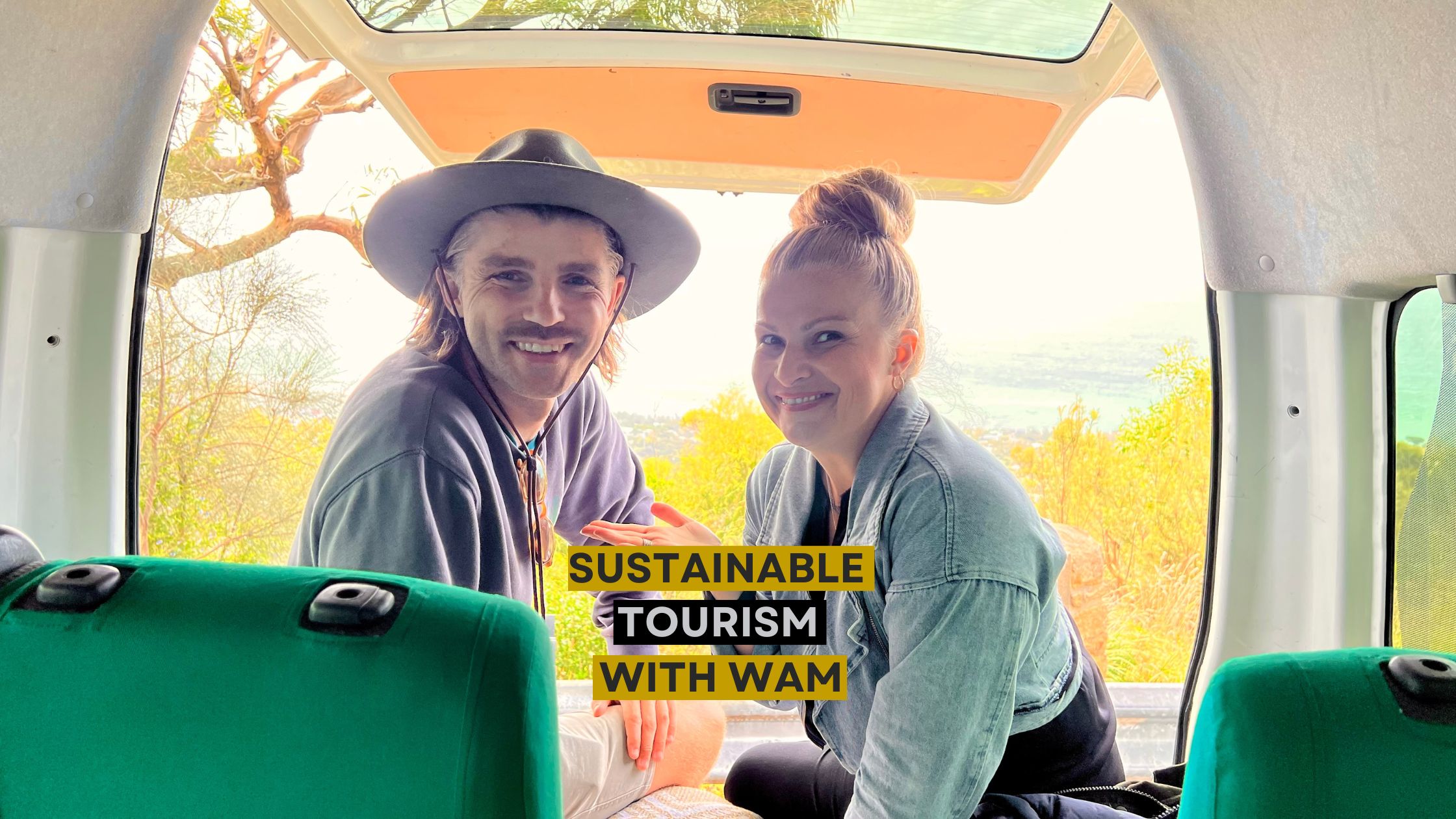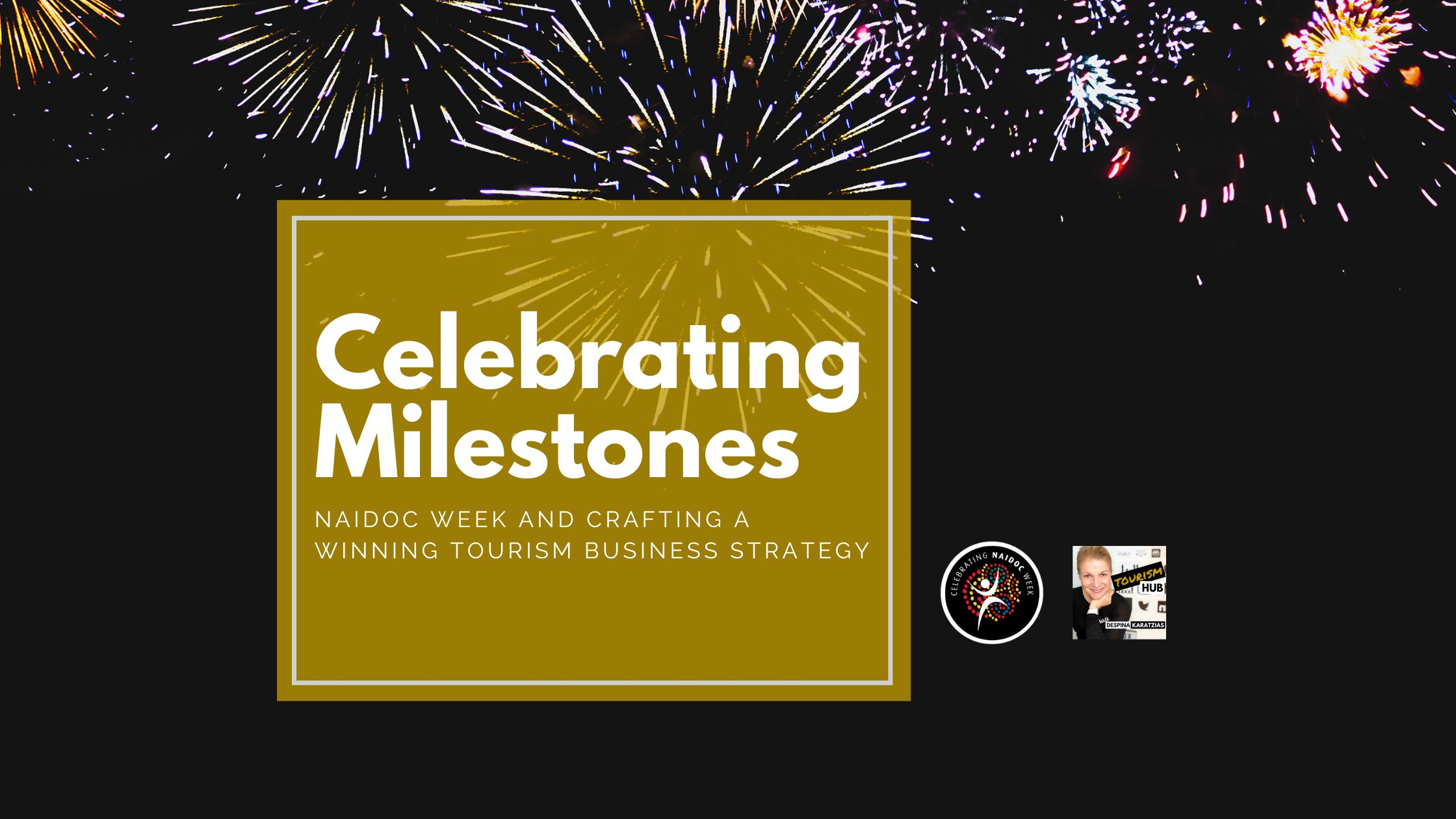Australia’s tourism industry is booming, but domestic travellers only make up about 65% of it. International visitors remain one of the biggest opportunities for businesses in Australia’s tourism industry. Accounting for more than 10% of the country’s total exports and more than $40 billion in spend in 2018 alone if you are small business servicing the domestic market, tapping into international tourism will be well worth considering as a natural next step in your business journey.
In this article, we dive into the specifics on international tourism and how you can take your brand from local celebrity to worldwide wonder.
The What and Why of Inbound Tourism
Inbound tourism (or export tourism) refers to all tourism traffic entering Australia. In this case, Australia is the export. It’s the motion of encouraging outsiders to travel to and throughout Australia, and in turn, increases the economic benefits to the country and creates a sustainable tourism industry.
International visitors help to level out travel patterns and seasonality issues, giving you an endless supply of business year-round. You’re not putting all your eggs into the local basket because more people have access to your product.
Most notable for tourism-dependent businesses is that international customers tend to spend three times more than domestic visitors on each trip, giving businesses a lucrative opportunity to grow their brands — and their profits!
How to Grow from Local Hit to International Sensation
Taking your brand international comes with unique considerations, costs, and greater time investment. Those who have followed this path know that patience is key. Overseas markets can be highly competitive, especially since you’re competing with other international destinations.
The best practice is to prioritise building and maintaining good business relationships, both domestically and abroad, and focus on the long-term investment versus quick rewards.
Here’s a brief look at what going international looks like:
Are You Ready to Go International?
Before you start investing time and money, consider whether your business is in the right position to expand. Give yourself the following assessment:
● Do you have a well-established product domestically?
● Do you know your business’s Unique Value Proposition?
● Do you know your competitors and their Unique Value Propositions?
● Have you researched international markets and travel styles to find your ideal travellers?
● Do you have an online booking system in place to attract international visitors?
● Are you working with other products/companies in your area to package and jointly promote your services?
● Do you know where to go for support and help to grow your international audience?
Ideally, you’ll be able to answer yes to each of these questions before venturing overseas. But if you can’t tick off these boxes just yet, at least you know where you need to fill in the gaps.
Understanding Your Travellers
Travel styles, time of year, and other preferences can vary by market, which influences the visitor’s choice of activities, accommodation, duration, cities and regional areas visited.
In turn, these choices are influenced by budget, age, background, and existing travel experience.
Identifying your ideal visitor will help you to market your product or service and tap into the markets where these travellers are most likely to live.
What is the research telling us?
Key findings from Tourism Research Australia’s release of International Visitor Survey results for visitor numbers, nights and spend for the year ending December 2018 include:
- China continued as the top market with 1.3 million visitors (up 5%) and spend of $11.7 billion (up 13%), however, China’s rate of growth has been slowing.
- New Zealand is still the second largest market with 1.3 million visitors (up 2%), and spend of $2.6 billion (up 4%).
- Of the remaining top five markets, Japan recorded the strongest growth, with arrivals reaching 434,000 (up 8%) and spend $2 billion (up 11%); the US experienced softer growth, recording 744,000 arrivals (up 1%) and spend of $3.8 billion (up 2%); and the UK saw arrivals remaining steady at 688,000, with spend falling to $3.4 billion (down 1%).
- India continues to be the strongest performing market overall, with arrivals achieving 336,000 (up 18%) and spend $1.7 billion (up 21%).
Within each of these markets, you’ll find a variety of travel styles, including leisure, visiting friends and relatives, business trips, or special interests. This will affect the time of year they travel, how much they spend, and what they want to do during the trip.
The experiences valued by each style may also vary. Everyone from backpackers to educational and group travellers to honeymooners visit Australia, and their needs and interests cover a broad range.
Take time to do your research into markets and travel styles so you can not only know where to direct your marketing, but also tailor your offerings to meet their needs.
Focusing on Relationships First
Networking is essential to any business, but the benefits are multiplied when expanding internationally. If you are familiar with any savvy and successful tourism business, they rely on local and international partnerships to learn more about travel markets and patterns and how to better leverage their marketing.
Engaging in the global travel distribution network will be the core stepping stone in connecting with international markets. These strategic partners can help you broaden your customer base beyond what your own budget will allow, as well as provide insights, advice, and market intel.
Appealing to travel agencies, inbound tour operators, planners, and wholesalers can help you gain international exposure and become a credible ambassador to your city. There are many facets to engaging with and building relationships with online and traditional travel agents like this both domestically and internationally.
Paying commissions, investing in brochure advertising and taking the time to visit and train front line overseas products in your region and product names a few.
Where to Turn for Help
If you are starting the journey getting your business export ready, you are very fortunate to operate in an industry that offers plenty of support. Whatever the state you operate in, there will be an organisation to lend you a hand with any challenges you may face.
Below is a useful resource all state tourism corporate sites, as wells as state tourism councils and government agencies well worth subscribing to, to help you gain a foothold with your efforts to attract international visitors:
State Tourism Organisations:
Tourism & Events North Queensland Corporate
South Australian Tourism Commission
Australian Tourism Industry Councils:
Queensland Tourism Industry Council
Tourism Industry Council Tasmania
Tourism Council Western Australia
Victoria Tourism Industry Council –
Tourism Industry Council South Australia
Additional Resources
Tourism Australia Tourism Export Toolkit
Australian Tourism Export Council (ATEC)
Tourism Research Australia – International Tourism
Austrade Export Readiness
International tourism is an international export which is eligible for assistance under the Export Marketing Development Grant (EMDG) scheme.
Here is another great reference showing EMDG at a Glance.
Local Tourism Agencies (LTAs), state tourism organizations, Austrade, Tourism Research Australia (TRA), and the Australia Tourism Data Warehouse are excellent guides for advice, networking, assistance, and in some cases, grants to offset financial investments.
You can also join the Institute of Excellence for an upcoming class, workshop, or online course for international tourism training.
Have you got questions? I’d love to hear from you – feel free to reach out and together we can start tapping into your international tourism greatness!









